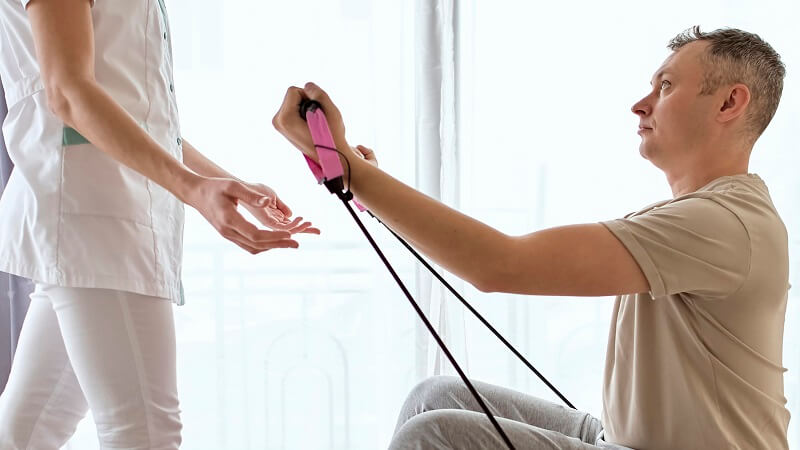You probably know that some doctors specialize in the treatment of particular conditions. What you may not know is that many of the talented, caring people who have asked, “Where can I find physical therapy jobs near me?” also specialize in the treatment of specific diseases. This means that if you have Parkinson’s disease, a degenerative neurological disorder, you can receive therapy from a professional trained specifically to help with the challenges you are facing.
Amplitude Training and Strength Training
Unfortunately, there is no cure for Parkinson’s disease. When you have it, you will have it for the rest of your life. Nevertheless, there are treatments available to slow the progression of the disease. The best physical therapy San Diego for Parkinson’s involves methods designed specifically to help you regain motion, improve flexibility, and restore function.
Strength training is important for everyone getting older because muscles naturally deteriorate with age. Because Parkinson’s disease also leads to muscle weakness, strength training becomes even more important. Your physical therapist chooses strengthening exercises for you that challenge you without pushing you beyond your limits and damaging your weakened body.
Parkinson’s disease causes hypokinesia, a condition in which your movements increasingly become smaller and more shuffling. Amplitude training involves moving your body in large, exaggerated patterns. This helps to reverse hypokinesia with the goal of returning your movements to a more normal baseline.
Dual Task Training
Parkinson’s disease affects your ability to multitask, i.e., do two things at the same time. This makes it more difficult to carry out your normal, everyday activities and increases your risk of falling.
Dual task training takes place in a safe environment with the help and support of a physical therapist. As you practice it, your brain starts making new neural connections, effectively retraining itself to be able to do two things at the same time.
Reciprocal Patterns
If you have Parkinson’s, you sometimes have trouble performing movements in patterns from left to right or side to side. These are called reciprocal patterns, and an example is swinging your arms backward and forward when you walk. There are things you can do on your own to practice reciprocal patterns, and your therapist may suggest some to you.
However, there are also specific exercises that you may work on in physical therapy to reinforce reciprocal patterns. For example, your therapist may have you work out on an elliptical machine that requires you to use both your arms and your legs using smooth, low-impact movement that is easy on your joints. Also easy on your joints is a recumbent stationary bike that you pedal while in a reclined position.
There are some physical therapy treatments for Parkinson’s, such as strength training, that any therapist can help you with. Other treatments, such as amplitude training, require a more advanced education. When you look for a physical therapy clinic to help treat your condition, look for one with therapists specializing in treating Parkinson’s disease.
